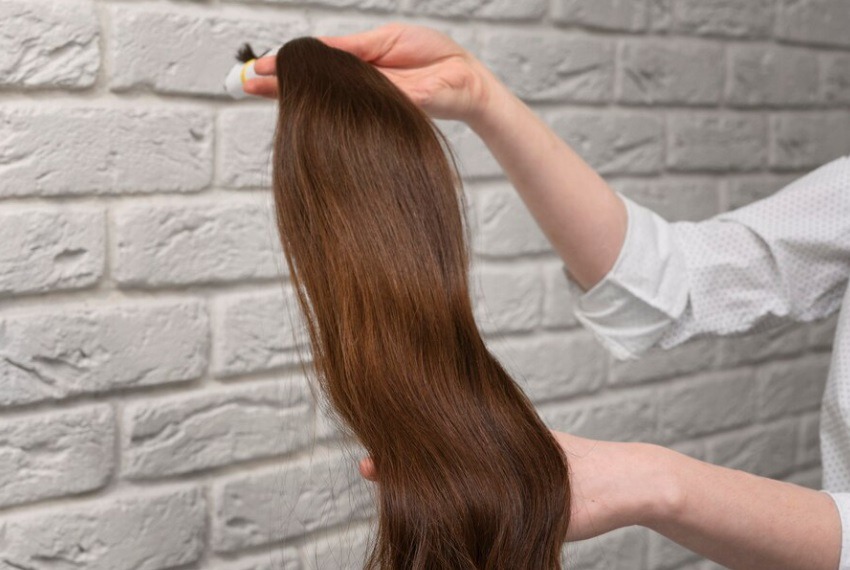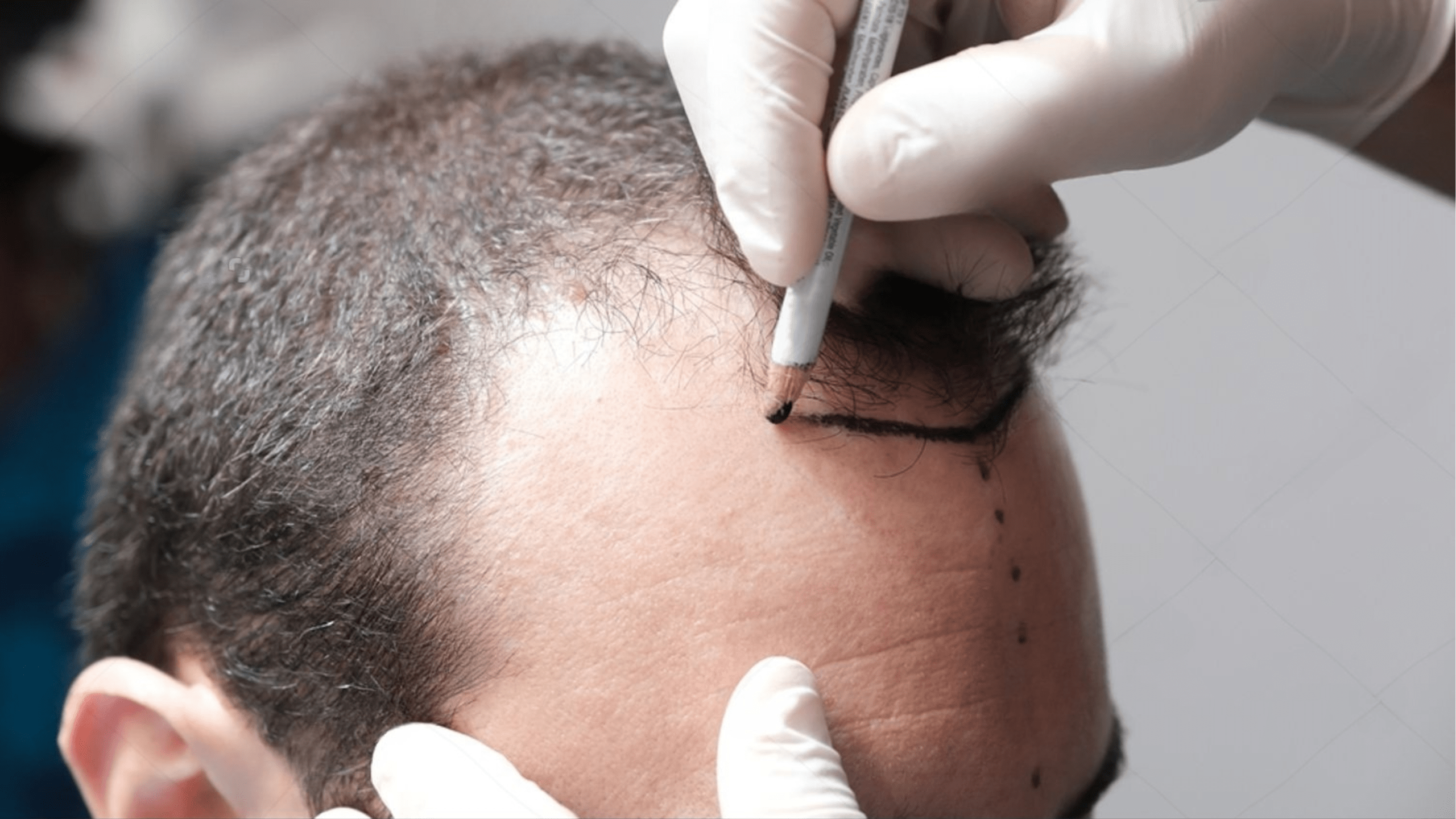Stepping into the realm of wig ownership proves to be a transformative venture, enabling you to seamlessly alter your appearance and embrace newfound versatility. However, the crux of ensuring an enduring and aesthetically pleasing wig encounter lies in the precise practice of maintenance and care. Within this all-encompassing guide, we demystify the intricacies of wig care, addressing your most urgent queries.
- Should I put oil on my wig? It is not recommended to put oil directly on synthetic wigs, as it can cause buildup and attract dust. However, for human hair wigs, using a small amount of lightweight, wig-friendly oil on the ends can help maintain the hair’s natural luster.
- Do wigs dry your hair out? Wigs themselves do not dry out your hair. However, neglecting your natural hair underneath the wig by not moisturizing or providing proper care may lead to dryness. It’s essential to maintain a healthy hair care routine.
- Do wig caps damage hair? Wig caps, when worn correctly, should not damage hair. They are designed to protect your natural hair and create a smooth surface for the wig. Choosing a breathable and comfortable wig cap is key to preventing any potential damage.
- Should a wig cover your ears? The fit of a wig varies, but it’s generally a personal preference whether the wig covers your ears. Some wigs are designed to cover the ears for a more natural look, while others may leave the ears exposed. Choose a style that you find comfortable and aesthetically pleasing.
- How do you remove a wig? To remove a wig, gently lift it off starting from the back, near the nape of the neck. Use a wig cap or your fingers to release any adhesive or clips securing the wig. Take care not to pull on the hair to avoid damaging the wig or your natural hair.
- How tight should a wig feel? A wig should feel snug but not overly tight. It should secure comfortably on your head without causing discomfort or headaches. Adjust the wig straps or use wig grips to achieve the right fit.
- How do wigs prevent hair growth? Wigs themselves do not prevent hair growth. However, if worn excessively or if the wig is too tight, it may lead to traction alopecia—a form of hair loss caused by constant pulling on the hair follicles. Taking breaks from wearing wigs and ensuring a proper fit can prevent this issue.
- Why do wigs start balding? Wigs may start balding due to factors such as friction, poor-quality materials, or excessive styling. Regular maintenance, proper storage, and choosing high-quality wigs can help prevent balding.
- What is the advantage of wearing a wig? The advantages of wearing a wig include the ability to change hairstyles quickly, conceal hair loss, protect natural hair from styling damage, and experiment with different looks without committing to a permanent change.
- How do I protect my hair under a wig? To protect your hair under a wig, maintain good hygiene by washing and moisturizing your natural hair regularly. Use a wig cap to prevent friction and keep your hair flat. Avoid tight hairstyles that may cause tension, and take breaks from wearing the wig to allow your scalp to breathe.



